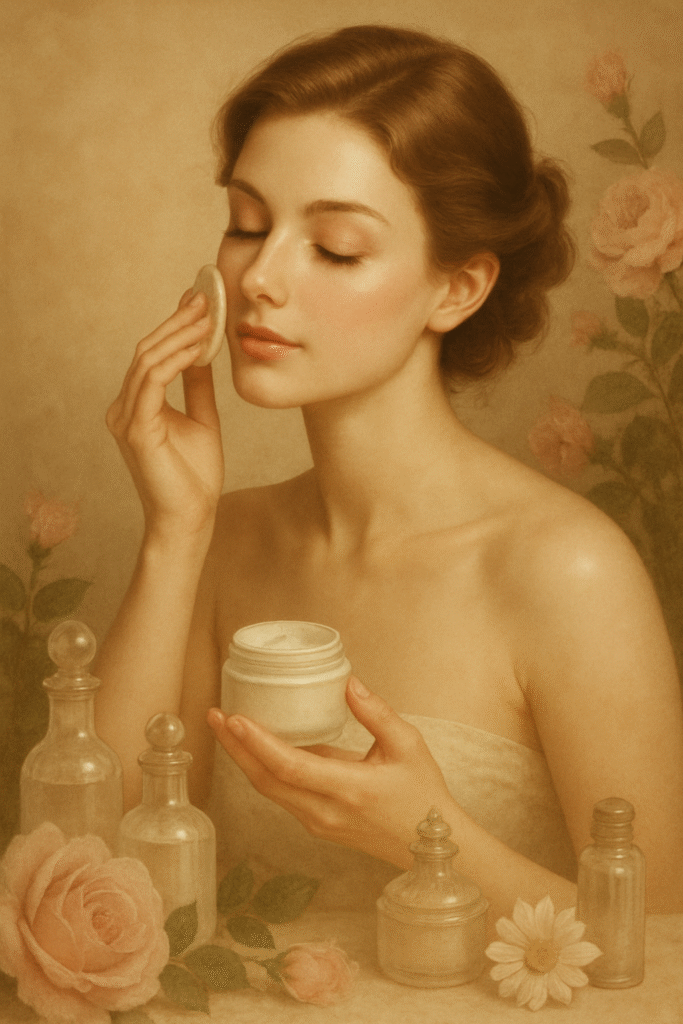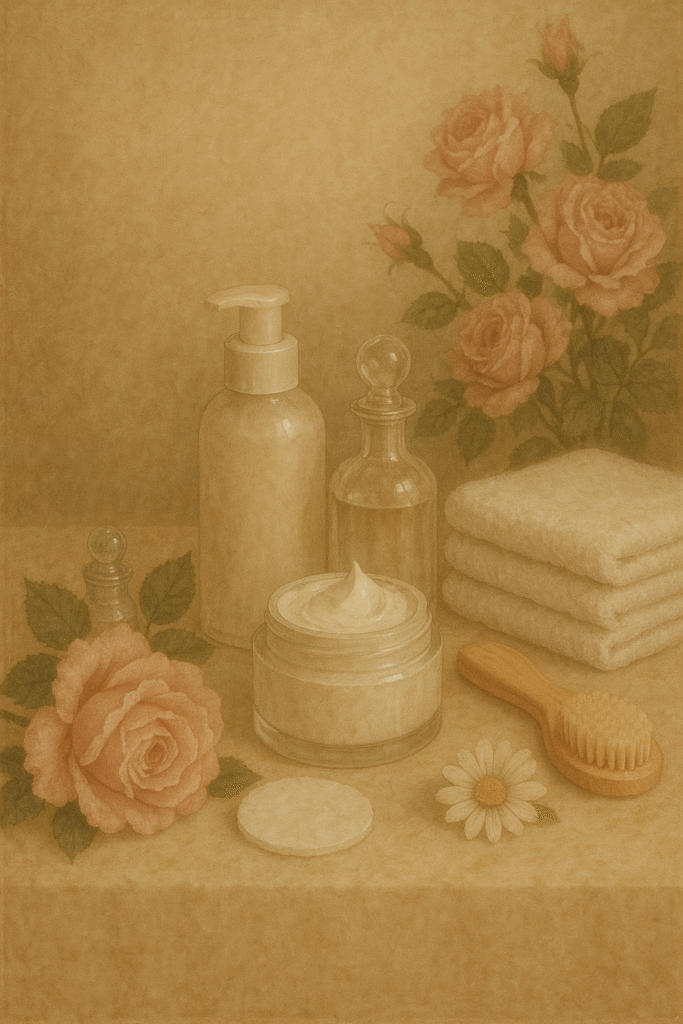
Taking care of your skin does not have to be complicated or expensive. With the right knowledge and a few good products, you can create an effective skincare routine at home that will help you maintain healthy, glowing skin. In this article, we will walk you through each step of building a personalized skincare routine that suits your skin type and lifestyle.
Understanding Your Skin Type
Before starting any skincare routine, it is essential to understand your skin type. Different skin types have different needs, and using the wrong products can lead to irritation, breakouts, or dryness.
The Main Skin Types:
- Normal Skin: Balanced, not too oily or dry.
- Oily Skin: Produces excess sebum, prone to shine and acne.
- Dry Skin: Lacks moisture, often feels tight or flaky.
- Combination Skin: Oily in some areas (usually the T-zone) and dry in others.
- Sensitive Skin: Easily irritated, reacts to many skincare products.
Take time to observe how your skin behaves throughout the day to determine your skin type accurately.
Step 1: Cleansing – The Foundation of Skincare
Cleansing is the first and most crucial step in any skincare routine. It removes dirt, oil, makeup, and pollutants that accumulate on your skin throughout the day.
Tips for Effective Cleansing:
- Choose the Right Cleanser: Gel cleansers for oily skin, cream-based cleansers for dry skin, and gentle, fragrance-free cleansers for sensitive skin.
- Double Cleansing: Consider double cleansing if you wear heavy makeup or sunscreen. Start with an oil-based cleanser followed by a water-based one.
- Frequency: Cleanse your face twice a day—morning and night.
Step 2: Exfoliation – Remove Dead Skin Cells
Exfoliation helps remove dead skin cells, unclog pores, and improve skin texture. However, over-exfoliation can damage your skin barrier.
How Often Should You Exfoliate?
- Oily or Acne-Prone Skin: 2-3 times a week.
- Dry or Sensitive Skin: Once a week.
- Normal or Combination Skin: 1-2 times a week.
Types of Exfoliants:
- Physical Exfoliants: Scrubs with small particles.
- Chemical Exfoliants: AHAs (Alpha Hydroxy Acids) and BHAs (Beta Hydroxy Acids) for deeper exfoliation.
Always follow exfoliation with hydration to prevent irritation.
Step 3: Toning – Balance and Prep Your Skin
Toners help balance your skin’s pH levels and prepare it for the next steps in your routine. They also help remove any leftover impurities after cleansing.
Choosing the Right Toner:
- Hydrating Toners: Best for dry and sensitive skin.
- Exfoliating Toners: Contain acids like glycolic acid for oily or acne-prone skin.
- Soothing Toners: With ingredients like chamomile or aloe vera for sensitive skin.
Apply toner with a cotton pad or gently pat it onto your skin with clean hands.
Step 4: Serum – Target Specific Skin Concerns
Serums are concentrated treatments designed to address specific skin issues like wrinkles, dark spots, or dehydration.
Popular Types of Serums:
- Vitamin C Serum: Brightens skin and reduces pigmentation.
- Hyaluronic Acid Serum: Provides intense hydration.
- Niacinamide Serum: Controls oil production and reduces inflammation.
- Retinol Serum: Promotes cell turnover and reduces fine lines (use only at night and with sunscreen during the day).
Use serums after toner and before moisturizer.
Step 5: Moisturizing – Lock in Hydration
Moisturizing is essential for all skin types, even oily skin. It helps lock in hydration and strengthen the skin barrier.
Types of Moisturizers:
- Gel Moisturizers: Lightweight, perfect for oily skin.
- Cream Moisturizers: Rich and nourishing, great for dry skin.
- Lotion-Based Moisturizers: Ideal for normal and combination skin.
Apply moisturizer twice a day for best results.
Step 6: Sun Protection – The Non-Negotiable Step
Sunscreen is the most critical step to protect your skin from harmful UV rays that cause premature aging and increase the risk of skin cancer.
Tips for Using Sunscreen:
- SPF 30 or Higher: Choose a broad-spectrum sunscreen.
- Apply Generously: Cover your entire face, neck, and exposed areas.
- Reapply: Every 2 hours if you are outdoors.
Even on cloudy days or indoors, UV rays can penetrate windows, making sunscreen essential.
Optional Step: Face Masks – Extra Care for Your Skin
Incorporate face masks 1-2 times a week to provide your skin with extra nutrients and care.
Types of Face Masks:
- Clay Masks: Great for oily and acne-prone skin.
- Hydrating Sheet Masks: Perfect for dry and sensitive skin.
- Peel-Off Masks: Help remove blackheads and impurities.
Choose a mask based on your skin’s needs that day.
Building a Routine That Works for You

Consistency is key when it comes to skincare. You don’t need a 10-step routine to see results. Start with the basics:
- Cleanser
- Moisturizer
- Sunscreen (AM routine)
Then, gradually add treatments like serums, exfoliants, and toners as needed.
Common Mistakes to Avoid
- Skipping Sunscreen: This is the biggest skincare mistake.
- Over-Exfoliating: More is not better. Stick to the recommended frequency.
- Trying Too Many Products at Once: Introduce new products slowly to monitor how your skin reacts.
- Not Removing Makeup Properly: Always double cleanse if needed.
- Ignoring Your Neck and Décolletage: These areas age too, so don’t forget them!
Final Thoughts: Your Skin, Your Rules
Creating an effective skincare routine at home doesn’t require expensive products or complicated steps. The most important thing is to listen to your skin and adjust your routine according to its needs.
With consistency, patience, and the right care, you’ll soon enjoy healthier, more radiant skin—all from the comfort of your own home.
